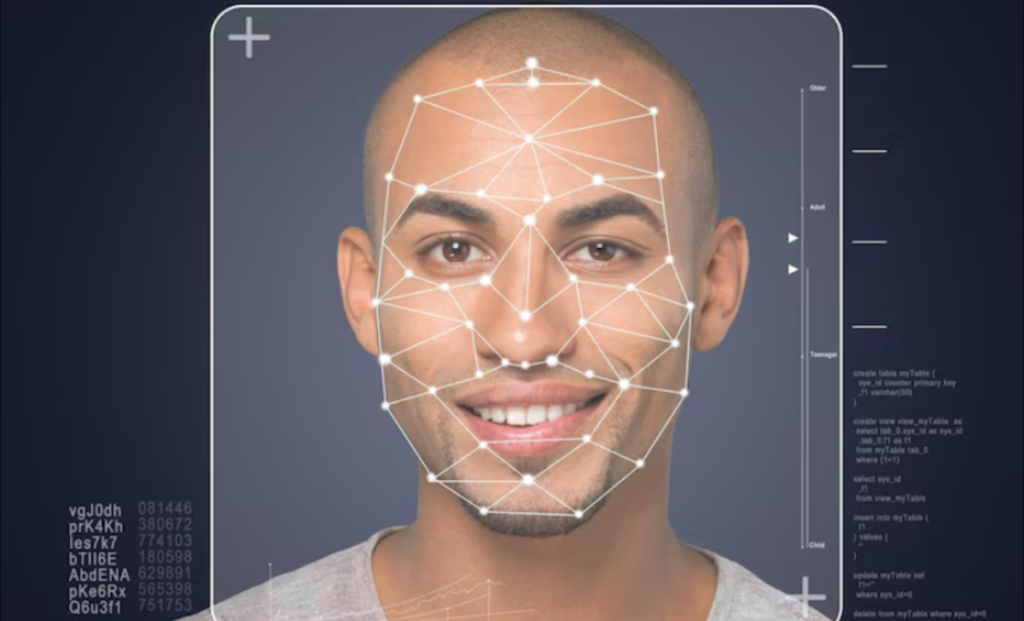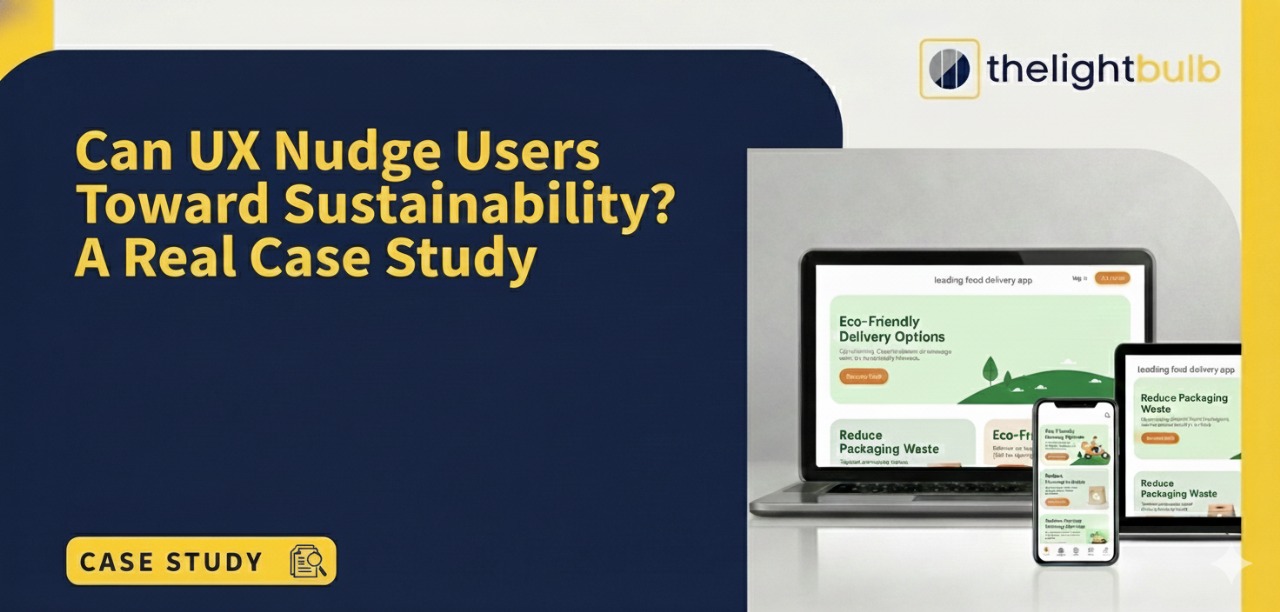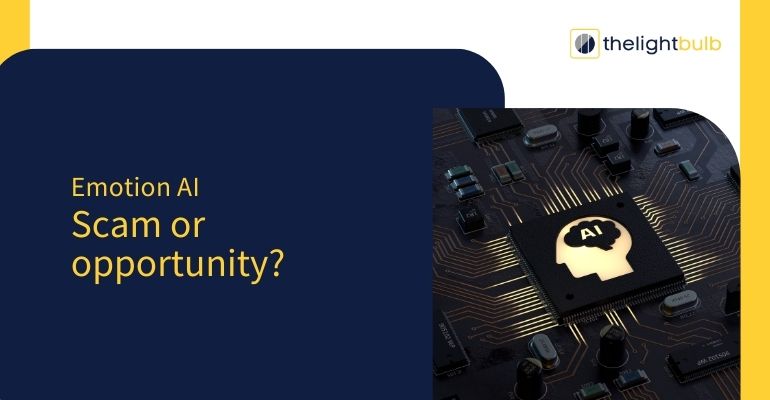
Qualitative Research Platforms: The Future of Emotion AI and Facial Coding in Market Research
With the introduction of AI, the digital shopping landscape has evolved significantly because of the introduction of some new KPIs. One of the key KPIs that is becoming increasingly popular among digital businesses is human emotions.
Well, don’t be surprised while reading “human emotions.”

Today, evaluating prospects’ thoughts and emotions has become the cornerstone for effective decision-making. It has spread into all aspects of a business be it marketing, product development, or customer design experience. Overall, what we know as qualitative research has become a very sophisticated process.
While the conventional models of qualitative research like surveys and focus groups still provide valuable insights, they often miss the nuances of human feelings. Enter qualitative research tools – highly sophisticated tools that let you implement the Facial Action Coding System (FACS) efficiently and decode the true feelings of your audience.
Qualitative research platform let you go beyond the surface-level responses and understand the unspoken reactions and micro-expressions, revealing the genuine sentiments of customers. FACS has emerged as an innovative approach to achieving this.
Through this blog post, we’ll explore what qualitative research platforms are, delve into the mechanics of FACS, and uncover its transformative role in research.
- What Are Qualitative Research Tools?
- Understanding the Facial Action Coding System (FACS)
- FACS and the Evolution of Qualitative Research
- The Role of FACS in Capturing Emotional Insights
- Objective Emotional Analysis FACS
- Real-Time Feedback
- Deeper Understanding of Micro-Expressions
- Versatility Across Contexts
- The Future of FACS in Qualitative Research
What Are Qualitative Research Tools?
Traditional tools include focus groups, in-depth interviews, and observational studies. However, modern qualitative research has embraced technological advancements to enhance the accuracy and depth of insights. Tools like video analysis, emotion AI, and eye-tracking are now widely used to complement conventional methods.

Qualitative research platforms are tools that use technologies to explore the unspoken human emotions and micro-expressions of your audience. These tools not only focus on mere numbers and measurable variables, but they also seek to find the answers behind the “why” of your customer behavior, helping researchers seize descriptive data and gain insights into the preferences, shopping motivations, and decision-making approaches of customers.
In the race to capture emotions, FACS has emerged as a revolutionary approach for recognizing and revealing the unspoken emotions of customers. However, the question is what is Facial Action Coding System (FACS), and how does it go with qualitative research?
Understanding the Facial Action Coding System (FACS)
FACS was originally formulated by Paul Ekman and Wallace Friesen in 1978. It is basically a scientific architecture designed to measure and decipher facial expressions by reviewing facial muscle movement. FACS categorizes the different facial movements into encapsulated units known as “action units” (AUs).
Each AU corresponds to a specific muscle movement representing a unique human emotion. For example – a raised eyebrow or a tightened jaw, collectively form expressions like happiness, anger, surprise, or contempt.
Unlike subjective interpretations of facial expressions, FACS provides a standardized and objective method of analysis. By quantifying facial movements, it eliminates biases and offers reliable data for understanding emotional responses.

Unlike subjective interpretations of facial expressions, FACS provides a standardized and objective method of analysis. It does this by quantifying facial movements and offering reliable data for understanding true human emotions.
FACS and the Evolution of Qualitative Research
The conventional qualitative research approach is highly dependent on verbal feedback methods like interviews or focus groups, which can be sometimes misleading or incomplete. For example, the participants of a focus group might accept that they love your product, but their underlying emotions may indicate frustration or doubt. This is where FACS adds value by deciphering the underlying emotions.
When researchers combine the Facial Action Coding System with their qualitative research process they efficiently bridge the gap between what people say and how they really feel.
Now some might understand that FACS has completely replaced or discarded the traditional method, but this is absolutely wrong. FACS and traditional methods go hand-in-hand, in reality, FACS optimizes the traditional methods and produces intellectual insights by combining superficial expressions and underlying emotions.
The Role of FACS in Capturing Emotional Insights
Emotions play a critical role in shaping consumer behavior. Whether it’s a purchase decision or brand loyalty, understanding emotional triggers is essential. FACS offers a direct window into these emotions by decoding facial expressions into actionable insights.

Here’s how FACS contributes to qualitative research:
-
Objective Emotional Analysis FACS
- standardizes the interpretation of facial expressions, reducing subjective biases. Researchers can quantify emotions like happiness, frustration, or confusion with high accuracy, ensuring reliable data.
-
Real-Time Feedback
- Using video recordings or live observation, FACS enables real-time analysis of participant reactions. This immediacy is invaluable for testing advertising, product designs, or user experiences.
-
Deeper Understanding of Micro-Expressions
- Micro-expressions often reveal conflicting emotions. For instance, a participant might show signs of excitement and skepticism simultaneously. FACS helps decode these mixed signals, offering a nuanced understanding of emotional states.
-
Versatility Across Contexts
- From copy testing and brand perception to usability studies, FACS can be applied across various research scenarios. Its adaptability makes it a valuable tool for diverse industries.
The Future of FACS in Qualitative Research
As qualitative research continues to evolve, FACS is poised to play an even more significant role. The rise of remote research and digital panels makes FACS more accessible and scalable. Researchers can now analyze facial expressions from participants worldwide, breaking geographical barriers.
Moreover, advancements in AI are expected to enhance the precision and automation of FACS, making it an integral part of the qualitative research toolkit. With these developments, businesses will gain unprecedented insights into the emotional fabric of their audiences.










